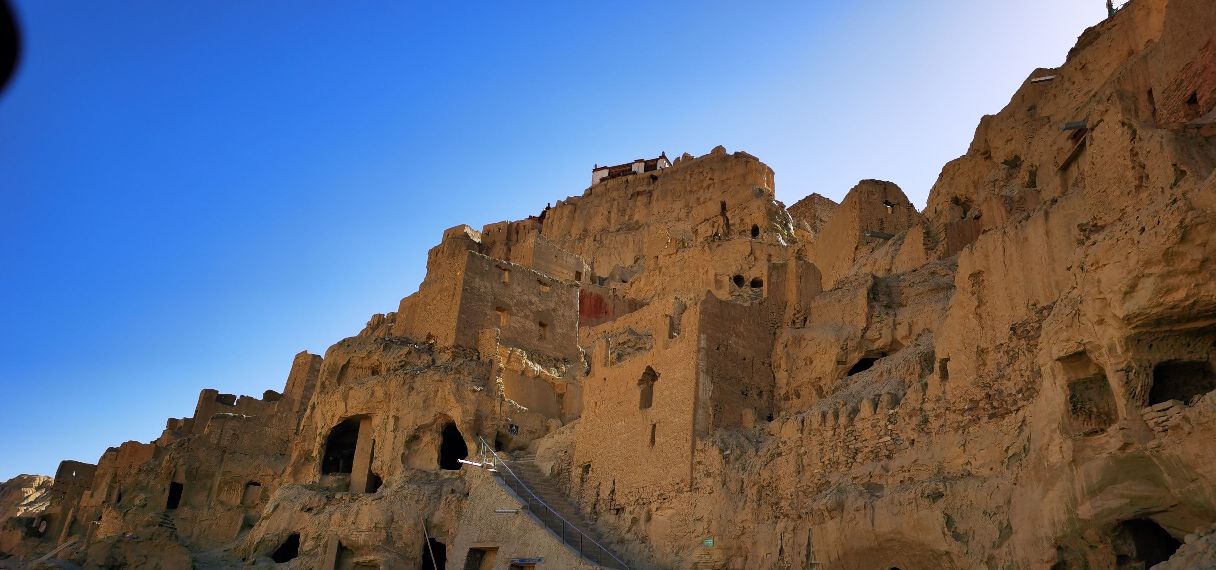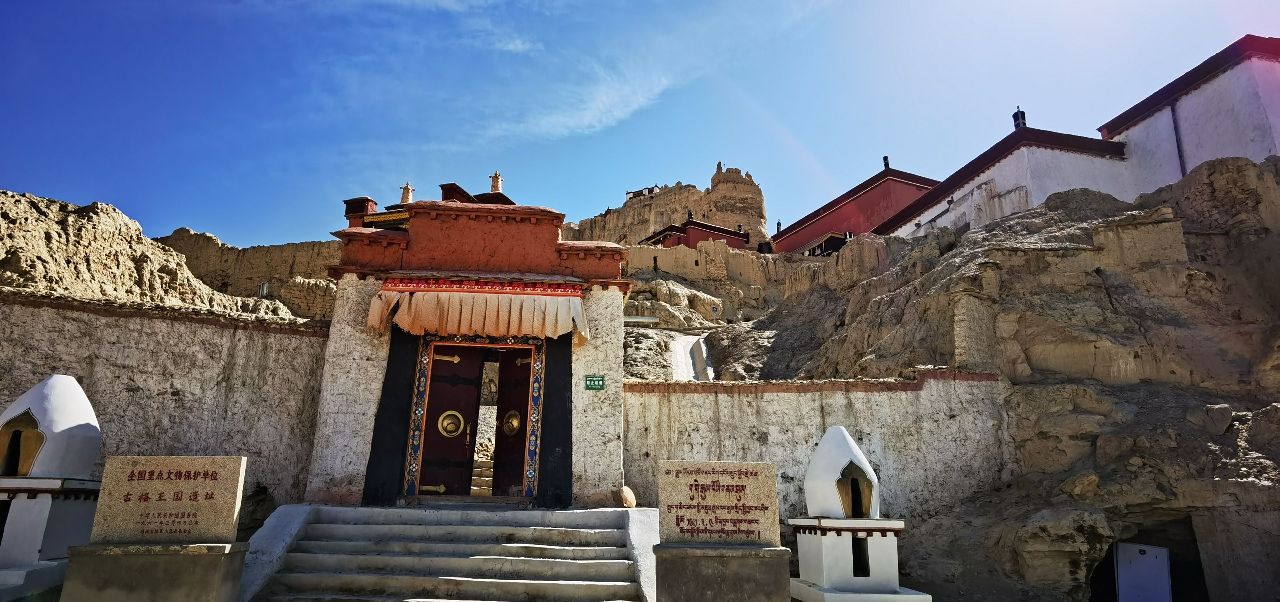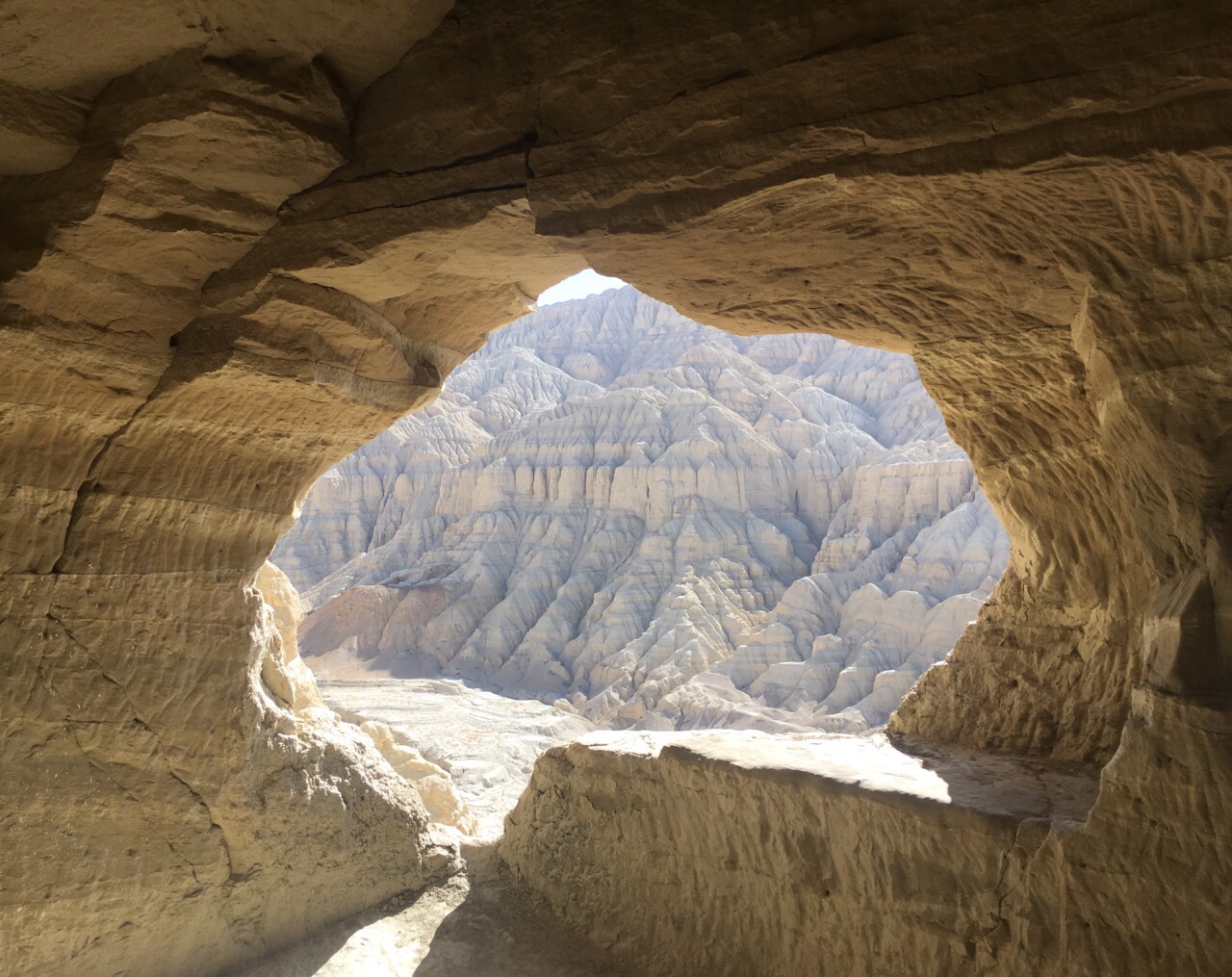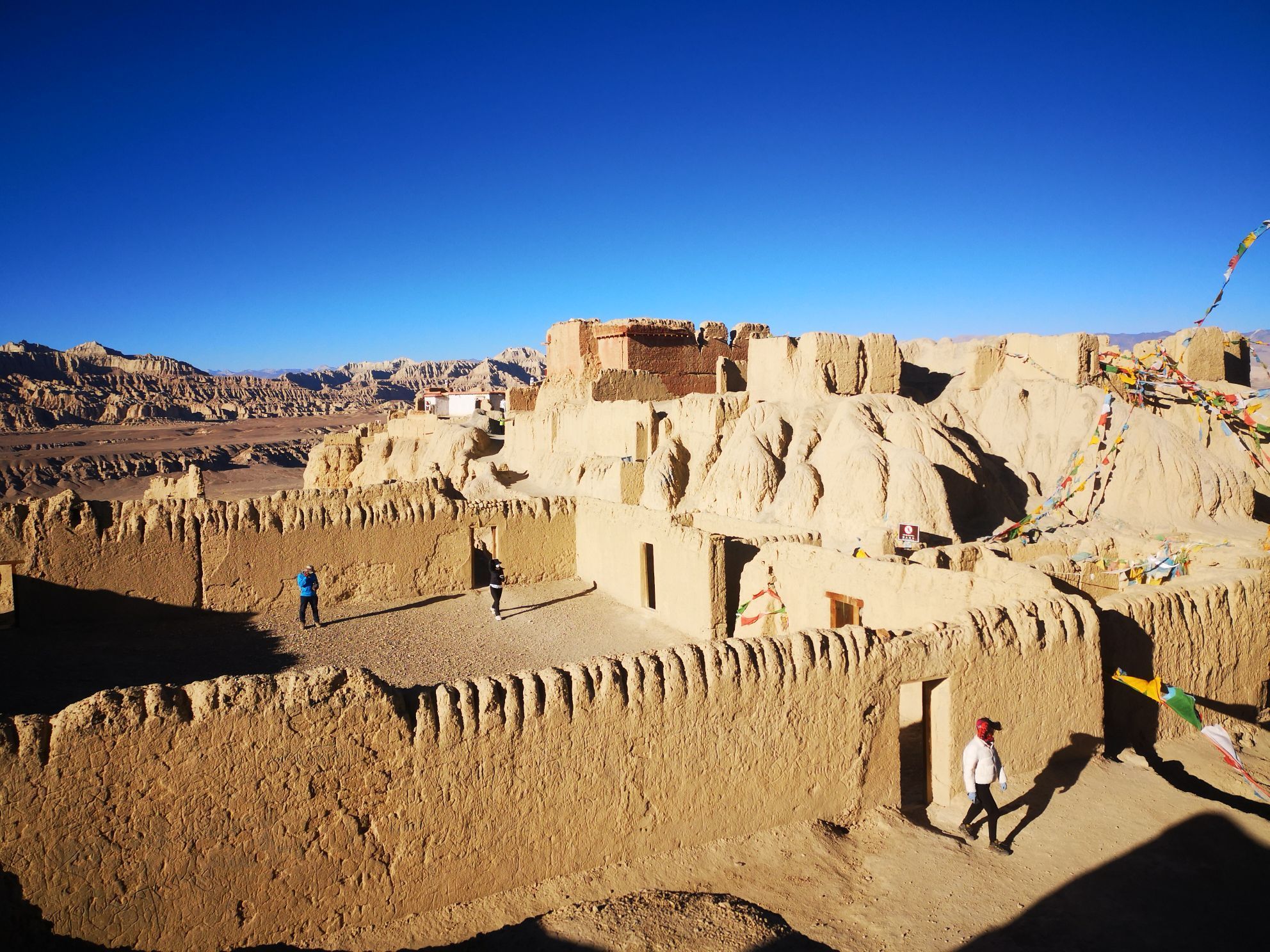
Guge Kingdom Ruins
- Chinese Name:古格王国遗址
- Add: Ruins of Guge Kingdom, Zanda County, Ngari Prefecture, Tibet Autonomous Region 西藏自治区阿里地区札达县古格王国遗址
- Opening Time: 09:00-19:00
- Tickets: 50 CNY/per
- Tel: (+0086) 0897-2622822
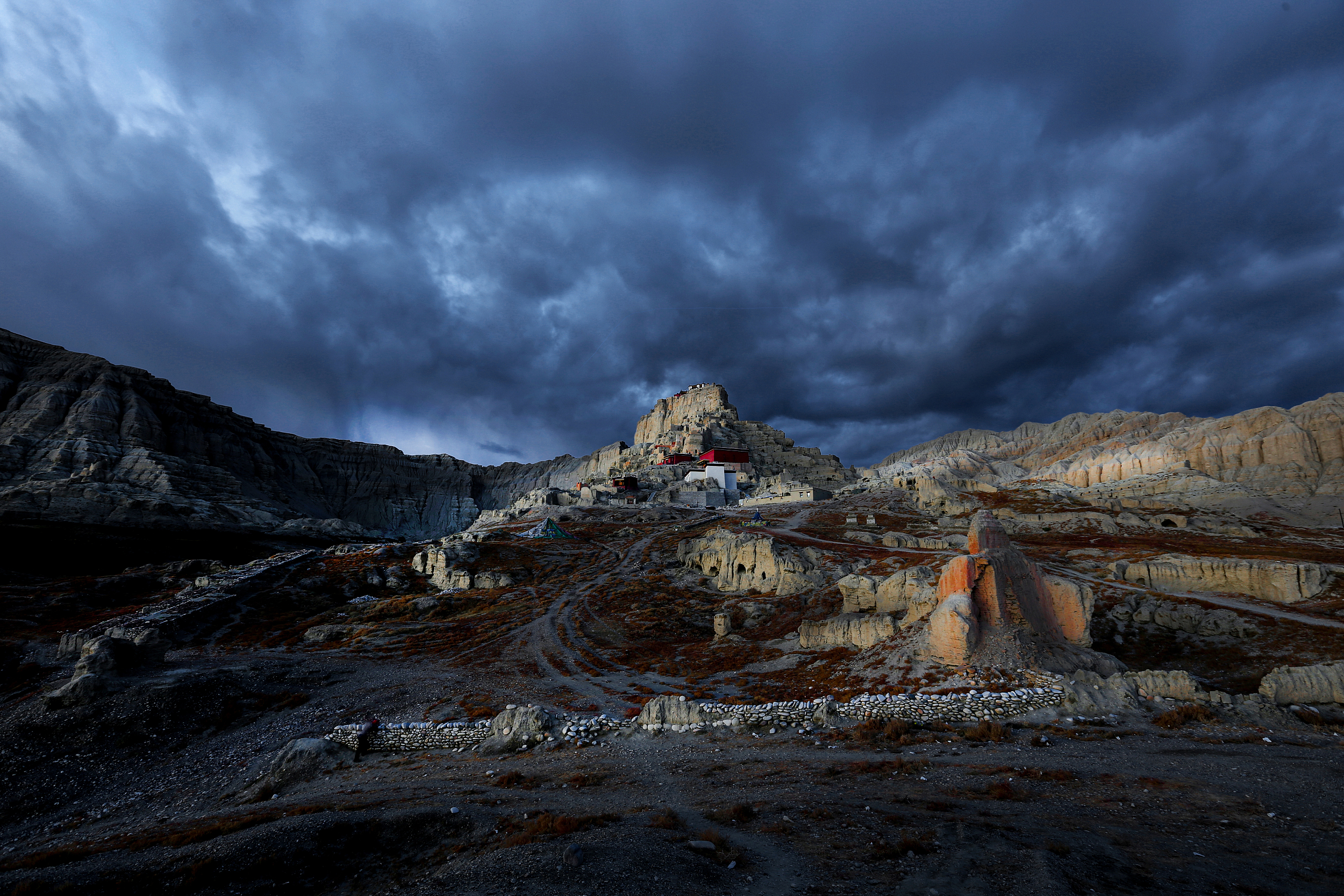
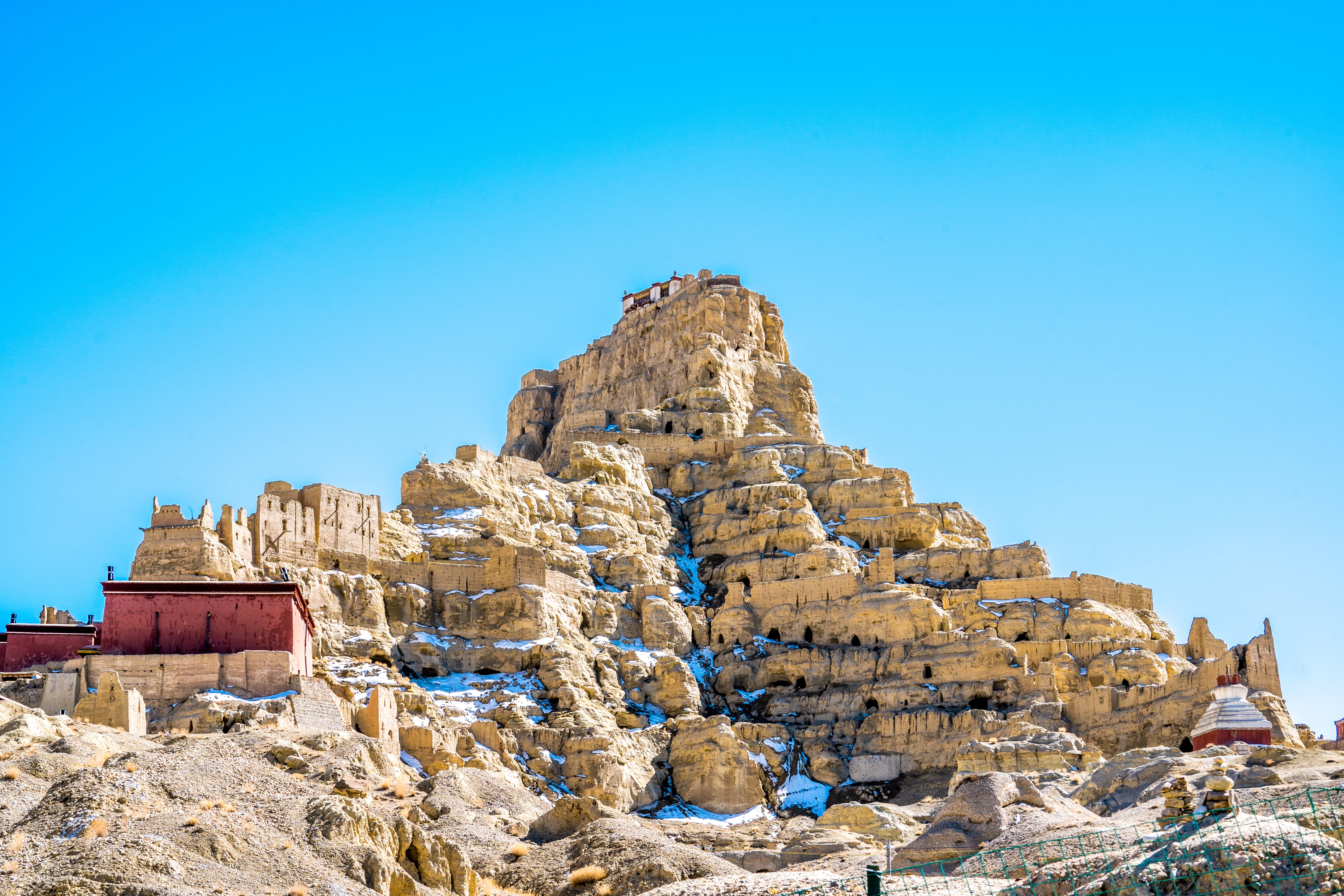
Guge Kingdom Ruins
The ruins of the Guge Kingdom are located on a loess slope about 300 meters high, 2 kilometers away from Zhaburang Village, Zanda County. Houses, pagodas and caves are densely covered on the whole mountain, forming a huge ancient building complex. The site is divided into upper, middle and lower floors, followed by palaces, temples and dwellings.
The Guge Kingdom was established in the first half of the 10th century AD, with 16 hereditary kings successively. Its palaces and castles also continued to expand from the 10th century, and reached its heyday, and ended after the collapse of the Tubo Dynasty in the 17th century. There are city walls around the ruins, watchtowers at the four corners, and buildings and caves of the same color as the soil everywhere. The scale is grand, the layout is rigorous, and the momentum is majestic.
From the entrance at the foot of the mountain, go up the mountain along the path, and there are several well-preserved temple buildings on the mountainside, namely the Red Hall, the White Hall and the Tara Hall. The four walls of the hall are covered with exquisite murals, the paintings are rough and the colors are thick, and the colors are still bright after many years. These murals that record the lineage of the Guge kings and reflect the political, economic activities and cultural customs of the Guge area are very rare in China and are of great ornamental and archaeological value. However, the doors of these halls are usually locked, and the guides are needed to open the doors. Around the temple, there are more than a dozen caves, which also hide ancient weapons such as shields, armor and broadswords.
There is a secret passage connecting the mountainside, and you can directly reach the palace on the top of the mountain along the secret passage. There is a relatively well-preserved building in the palace, which is said to be the meeting hall of the Guge Dynasty. Most of the main part of the murals in the hall are Tantric men and women practicing Buddhism, with a vigorous style of painting and strong use of color. Under the murals, the suffering of hell is vividly displayed, and various criminal laws are appalling. The side decoration is a long row of dozens of naked dakinis, charming and elegant, with all manners, no one is the same.
Walk out of the gate of the ruins, go south for about a few hundred meters, and go around along the path beside the cliff. There is a cave about 2 meters above the ground. This is the mysterious corpse cave in the Guge ruins. There are holes in the cave, which are divided into three cave halls. The cave is full of rotten bones, which are said to be Guge soldiers and monks who were massacred by Ladakh that year. The strange thing is that the bones in the cave are all headless. The reason is still a mystery. There are wooden ladders spliced with several wooden strips at the entrance of the cave, which can be climbed up to have a glimpse of the scenery inside the cave. However, due to the dry climate, the corpse was not completely decomposed, exuding a strange smell mixed with ghee, those who are unable to resist should be cautious.
Visit the Guge ruins for about 2 hours, and then return to Zanda County by car for board and lodging. If you want to take pictures of the Guge ruins in the sunset, you can live in Zaburang Village, about 2 kilometers away from the Guge ruins. There are currently family hotels in the village that can provide board and lodging, but you need to make an appointment in advance during the peak season.
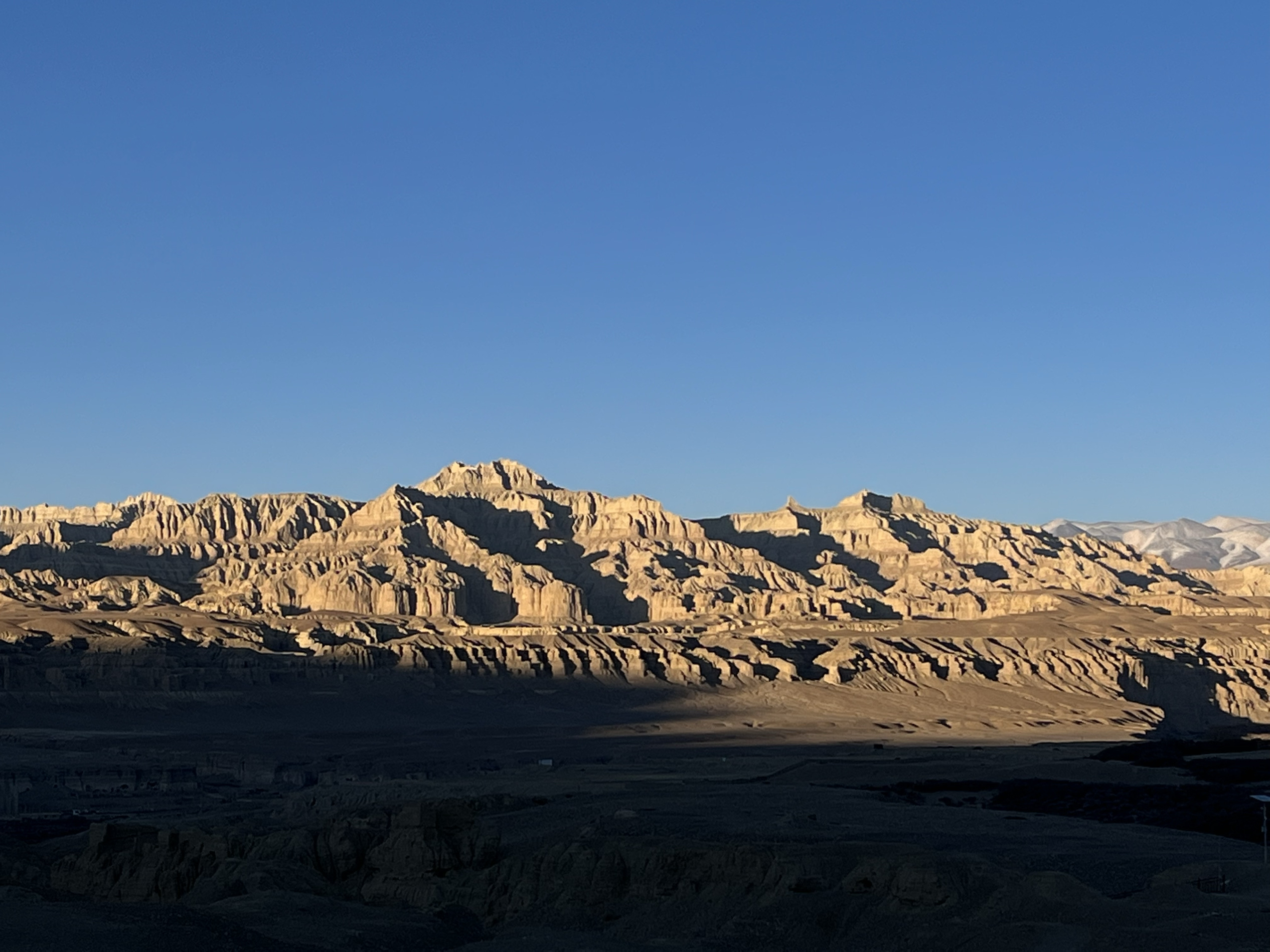
Guge Kingdom Ruins Video
Guge Kingdom Ruins Tourist Map

